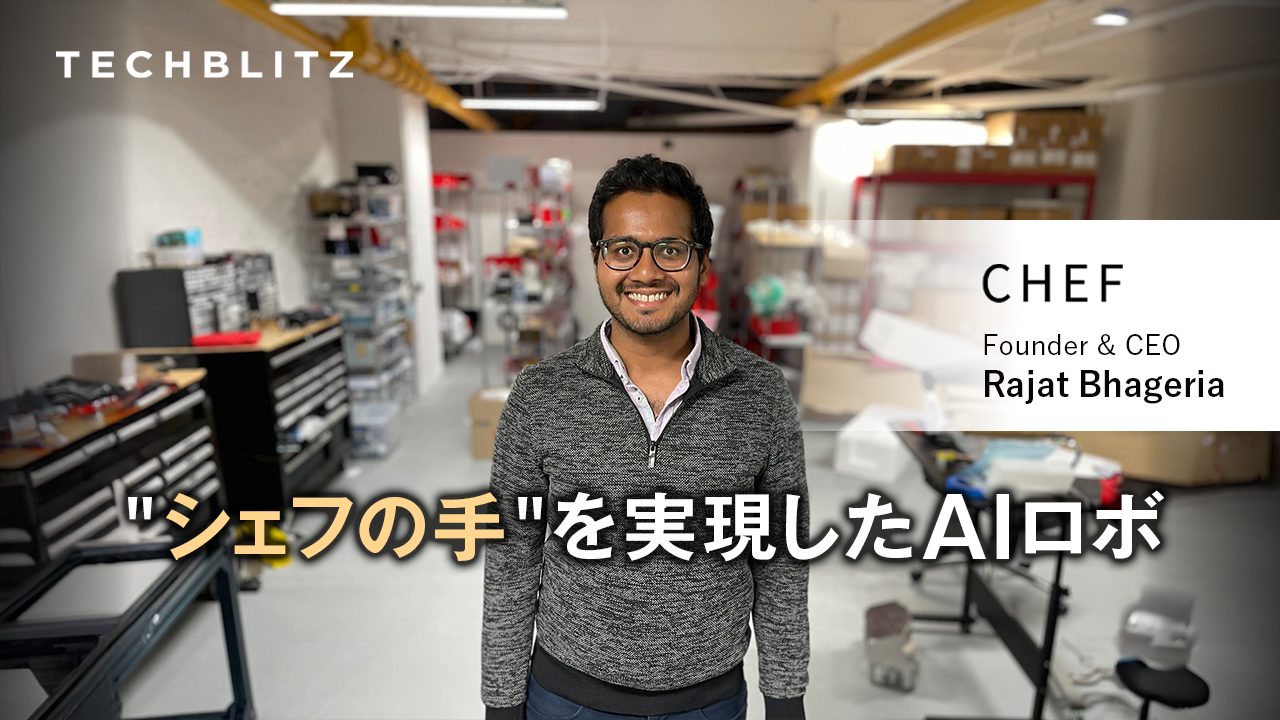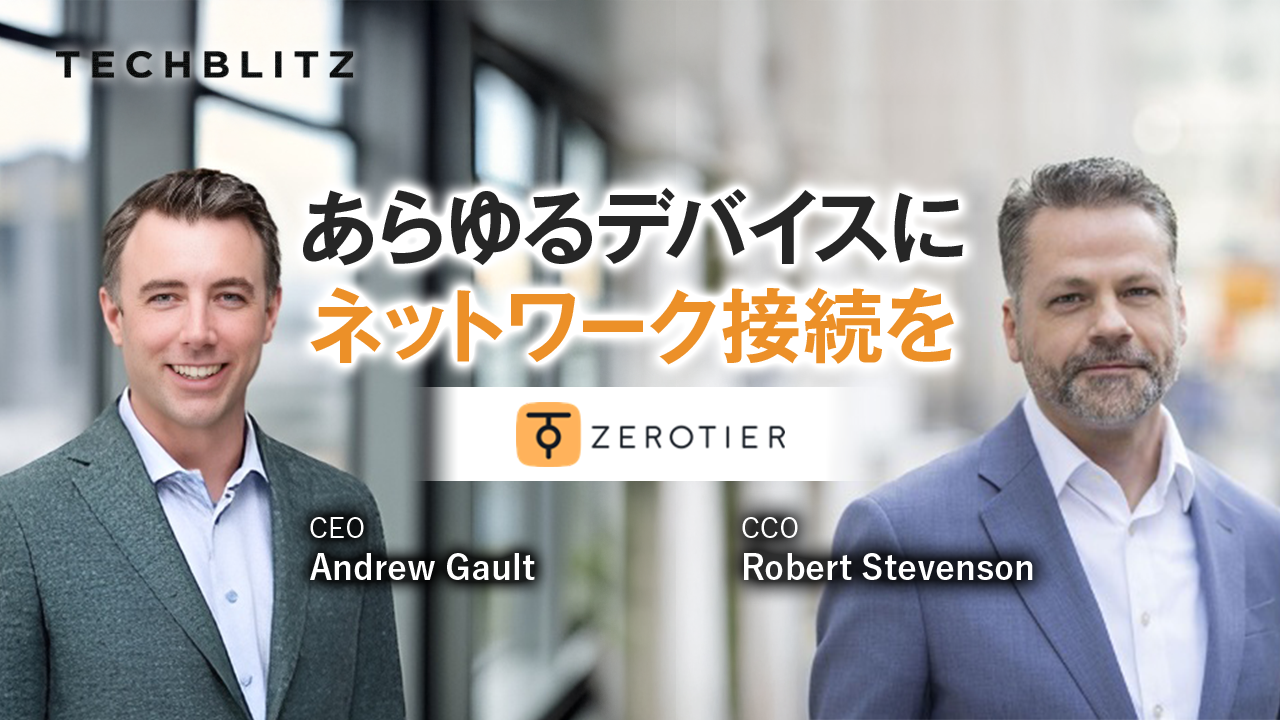
“We started Benchling to build great tools for scientists across academia and industry who are doing cutting edge research.”
Sajith Wickramasekara, an MIT graduate with a degree in EE, started Benchling in order to amend what he saw as a critical gap between software development and life sciences research. In software, the tools for collaborating on code effectively are excellent. Software developers constantly refine their approach to sharing code within teams of engineers, creating ever-accelerating efficiency and productivity. In comparison, the life sciences industry works and collaborates via paper, email, and excel. In the past, this approach did not drastically impede the work of life scientists, as the focus of much research was not too complex from a data modeling perspective. But now, explains Wickramasekara, “the molecules being studied are so complex that humans might not really even understand them.” As Wickramasekara realized, “This increase in complexity calls for structured data for the first time.”
To further illustrate the need for structured data, imagine the kinds of questions scientists need to be able to ask. If you are a scientist, you want to ask whether a certain experiment has been done before, whether a certain molecule has been built before, or whether a similar topic has been explored. (These questions may seem trivial, but their importance cannot be overstated for multi-national research conglomerates, which generate massive amounts of fragmented R&D knowledge but lack a structured data pool in which to consolidate it.) Thinking from the perspective of a project manager, you want to ask where the bottlenecks in your workflows are, or ask what is coming down the line to your team, or what your team owes other teams. If you are an executive, you want to ask where your resources are being allocated across different programs.
By organizing all of a company’s data in a structured location, Benchling enables individuals to directly browse and query those data so that these important questions can be asked and answers efficiently.

Image: Benchling
Benchling’s core offering consists of three main components. The first component is the application layer, which consists of tools for scientists to manage experiments, keep track of their inventory, and manage their workflows. These scientist productivity tools are available for free to academics. The second component is the unified data layer, which aggregates and standardizes all the information pulled from the applications. In implementing this second component, Benchling aims to automate data capture as much as possible. “We want to automate as much as possible so that a scientist isn’t focused on doing busy work, but is instead focused on the critical thinking around the experimental design and interpreting the results, how to revise their strategy,” says Wickramasekara. The final component, the platform, allows companies to integrate Benchling into their existing systems. This final piece may be easily overlooked, but is crucial nonetheless for companies that have existing hierarchies governing who has access to what data.
More than just software
“All of our customers have the same core problems.”
Benchling not only offers software but also forms long-lasting partnerships with companies looking to improve how they approach data.
70% of Benchling’s customers come directly from the world of paper, email, and excel. Transforming from a system with no structured data to a data-driven, technologically advanced organization inevitably comes with some growing pains. “We are partners to these companies as they transform in how they do work. We will walk them through that transformation because we have done it so many times.”
According to Wickramasekara, Benchling’s expertise in guiding companies through this transitional period may be one of the strongest value-adds they provide. While Benchling’s clientele spans various fields within the life sciences, Benchling has developed an understanding of best practices that are broadly applicable. Says Wickramasekara, “The intersection of life science and software is a fairly specific domain, and is one where we bring a lot of expertise.”
Expansion
“We are excited to build a presence overseas.”
Thus far Benchling has been the US focused on their sales, but they are well aware of opportunities abroad. Of particular interest is Japan, the 2nd largest pharmaceutical market in the world. Wickramasekara, when asked about the Japanese market, explains their globalization strategy: “We want to be really focused on entering the Japanese market well…. We are working to internationalize the product this year, and then will probably want to localize it (for instance, get Kanji support) before moving into Japan.”
In the meantime, they have already managed to secure a deal with a Japanese conglomerate, although the specifics of the deal cannot yet be disclosed.









